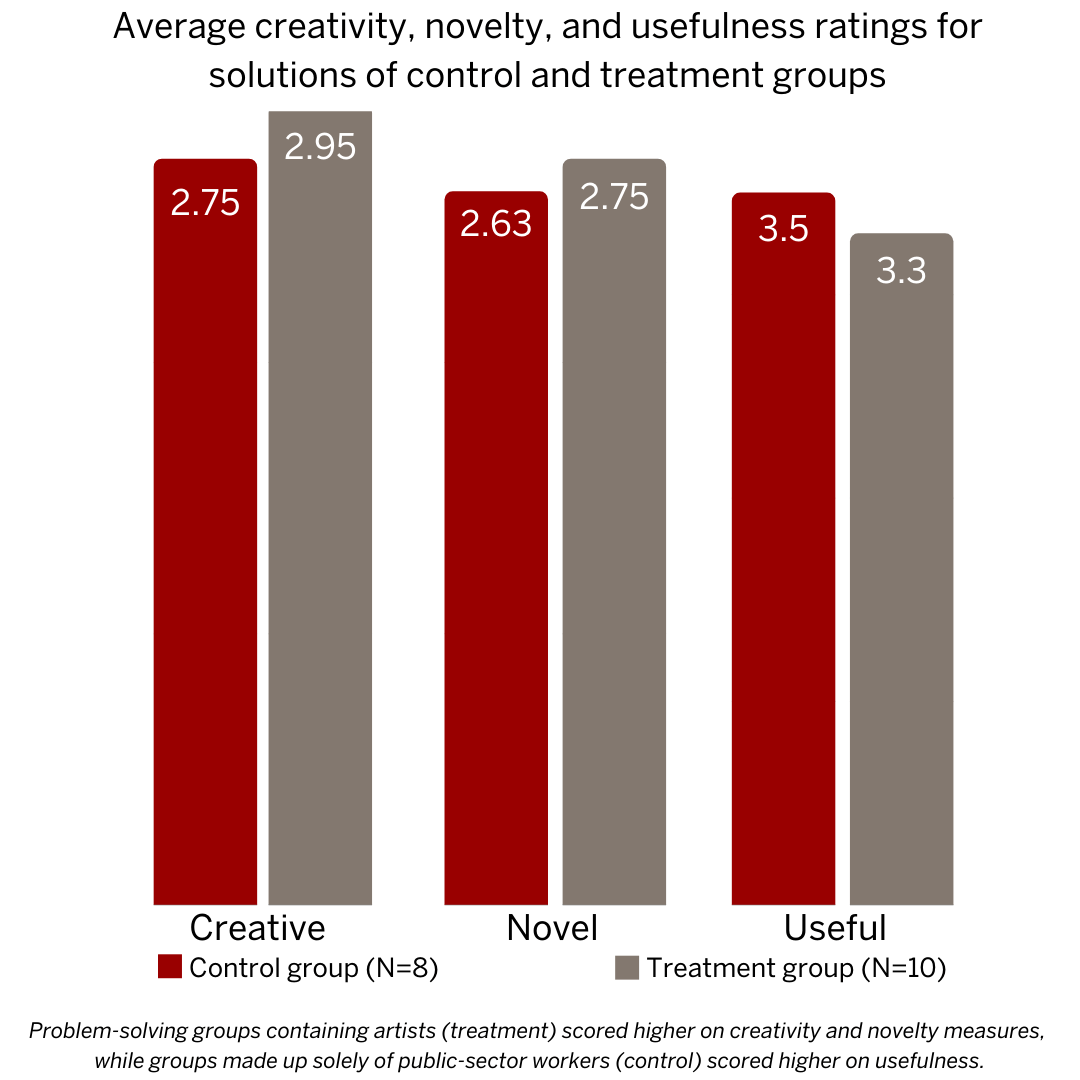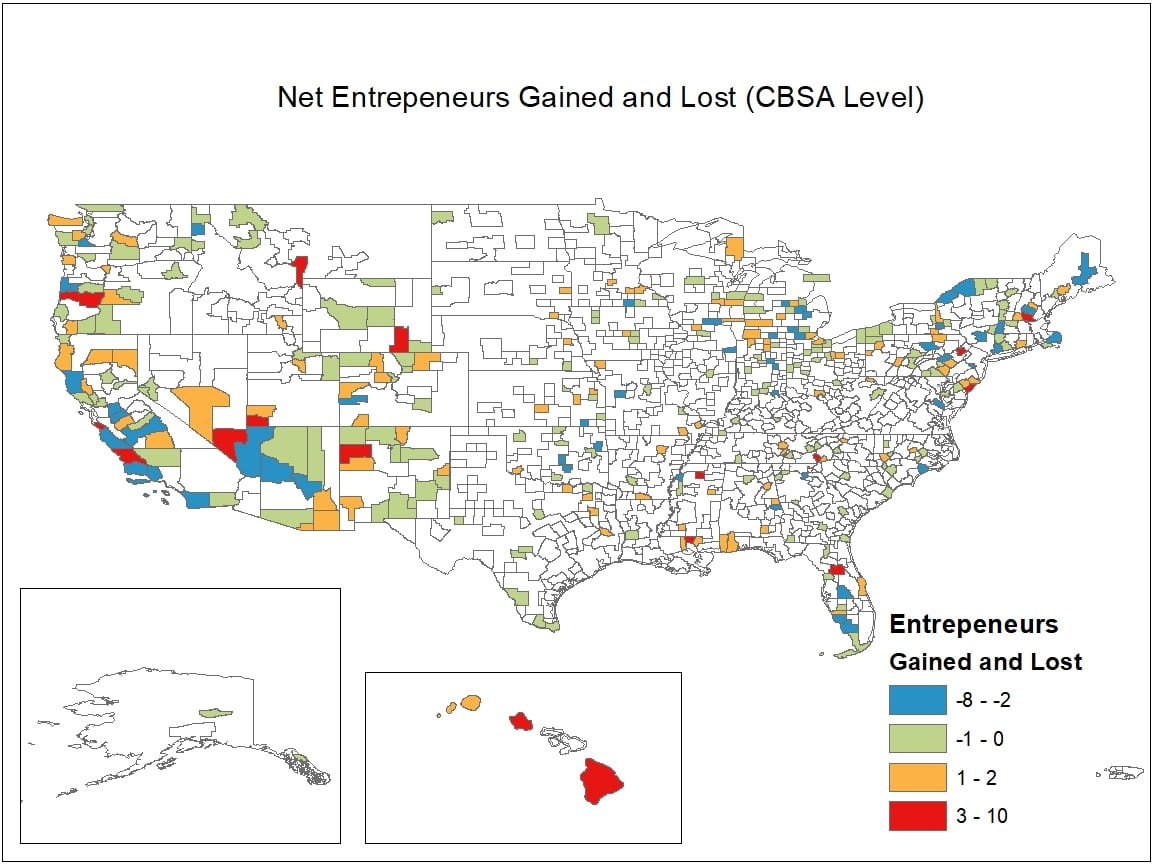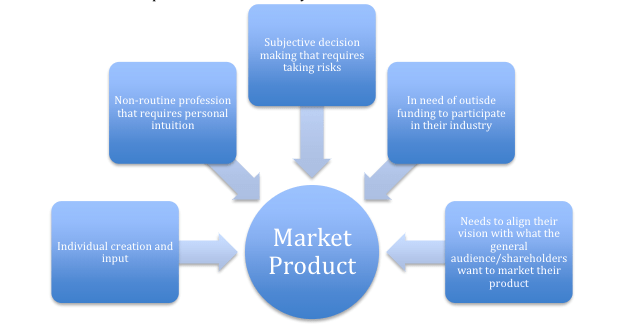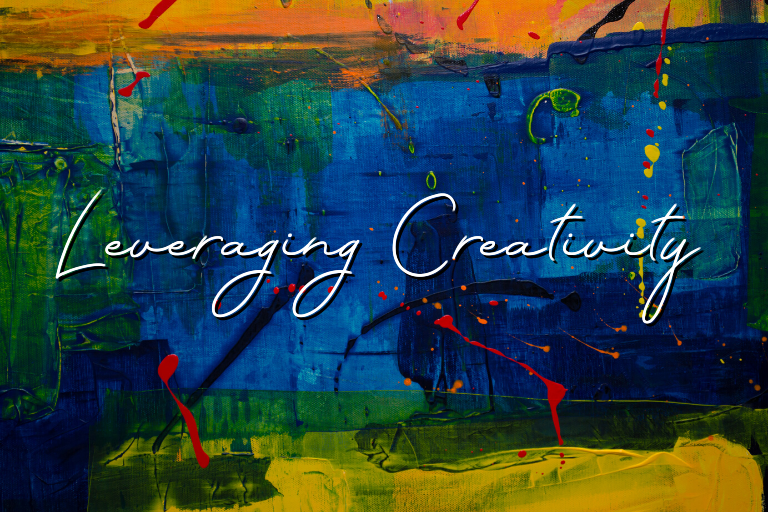Indianapolis, IN. – While many people were quarantined at home, the Center for Cultural Affairs and the Arts, Entrepreneurship, and Innovation Lab at the O’Neill School worked diligently to bring those in the creative sector together to look toward the ever-evolving future of the arts in a post-COVID world.
On June 9, 2020, CCA organizers hosted a virtual research workshop entitled Leveraging Creativity. The event included presentation and discussion of new scholarly work from dozens of researchers around the world focused on arts, entrepreneurship, and the creative sector. Even while remaining socially distanced, the event was a successful opportunity for dynamic discussion of pressing topics within this discipline and strongly contributed to the advancement of arts entrepreneurship research.
Several of the papers focused on the role of arts organizations, interventions, and entrepreneurs in the field. Their topics ranged from their impact on student development to professional settings to communities at large.
- At the undergraduate level, one study looked at arts education through theater courses has been shown to help college students from all majors develop empathetic traits in ways that reinforce the importance of arts education for students, employers and education professionals.
- Once those students graduate and enter the workforce, more new research explored the ways in which an artist’s presence impacts decision-making dynamics in the public sector. The results of that experiment indicated that residency programs allowed for intrapreneurial artists to enhance organizational innovativeness via the creativity and novelty of their contributions to public-sector problem-solving. The figure below shows the disparities in how experts rated the contributions of control groups versus groups with artists in the dimensions of creativity, novelty, and usefulness.
An additional piece of research examined the proliferation of cafés and coffeehouses in urban areas was analyzed to demonstrate the impact that different arts scenes—bohemian, corporate and business, and neighborly and communal—have on their larger communities. Cafés are most present in bohemian arts spaces with the highest populations of artists and in places in which many artists choose to relocate. Areas with a higher concentration of cafés also tend to attract residents with higher education levels, lower incomes, and who live in denser areas.

Other papers at the symposium examined the particulars of arts entrepreneurship education in terms of curriculum and ability to create future skills and capital for graduates. This research reinforced the importance of arts entrepreneurship education by exploring the persistence of the entrepreneurial skills gap that exists for artists compared to workers in other sectors.
- Researchers looked at the factors that led to the development of artistic, business, and entrepreneurial skills, and how those skills were implemented in the job market. They concluded that while the entrepreneurial skills gap between artists and other workers has grown over time, engagement with the arts outside of a classroom setting correlated with increased in all three skill categories.
- Another paper reinforced those findings. It investigated whether available strategies and actions to align arts entrepreneurship curricula with adaptability competencies worked. Researchers placed a particular emphasis on best practices of increasing opportunities to practice self-agency, improving social capital generation, embedding opportunities to build skills, waving effectuality into coursework, encouraging searches for non-traditional career pathways into the arts, and the importance of beginning education efforts early.
A fascinating experiment explored methods for how to effectively teach arts entrepreneurship skills. That experiment allowed the researcher to draw conclusions directly from a real class that taught both theoretical and experiential concepts to maximize knowledge generation. The graphic below indicates the model generated from that research.

A dedicated portion of the research presented during the event was focused on the growing literature surrounding the role of crowdfunding in arts and culture. The motivation for backers to donate was analyzed, as well as the factors that lead to project creators to alter their behavior between campaigns.
- One research paper showed that when supporting cultural crowdfunding projects, two primary types of backers exist: commercial backers most motivated by monetary incentives and price discounts and cultural ones who most value chances for direct social interaction with project creators.
- Research was also presented to contextualize how creators of crowdfunding projects adapt and change their location of behavior between campaigns. When exploring the factors that cause repeat creators to relocate between projects—as well as what impacts the decision of where to move—research showed that populous areas in the western United States were popular destinations and that access to local opportunities and networks were a key factor, as seen in the map below. Interestingly, creators in some sectors, such as music, sought to be closer to their peers and potential competition, while those in categories like film and video tended to avoid that proximity.
- Finally, there was also research and discussion surrounding the ways in which creatives on crowdfunding platforms pivot and adapt to project failure which was predicated on an analysis of available intangible human, social, and psychological resources. The first two correlated positively with a successful pivot to an alternate platform, while possible overconfidence or pride led to a negative observed relationship with psychological resources.

Throughout the full set of panel presentations, the focus stayed on the support of early-stage arts entrepreneurs and the role the arts play in entrepreneurial success at an individual and community level.
- While artists are generally more creative and emotional, and entrepreneurs are more extroverted and overconfident, research found that both require a similar set of skills for success in creating market products as displayed in the figure below.
- An additional study explored the content of five creative economy reports from cities of various sizes to determine how communities construct images of entrepreneurship in arts and creative industries as an engine for economic development. Most relied on either narrative rhetorical devices focused on policy recommendations or empirical data to assert the relationship between arts entrepreneurship and municipal economic development in a way that could prove instructive to cultural policy scholars.

The Center for Cultural Affairs and the Arts, Entrepreneurship, and Innovation Lab are grateful to the researchers and presenters who were able to participate in this event and advance our mutual understanding of arts, entrepreneurship, and innovation. Particularly in difficult times, the need for a nuanced and supported understanding of how artists can succeed and thrive is of extra importance. Please continue to follow along with the O’Neill School, the AEI Lab, and the CCA for future research and analysis on these topics.
More detailed information on all the research mentioned in this blog can be found on the event page.



